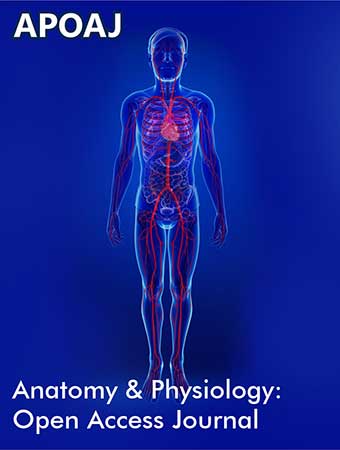 Opinion
Opinion
The Reality of Scientific Observation
Shaun D Black*
Associate Professor of Instruction, Department of Chemistry and Biochemistry, The University of Texas at Tyler, USA
Shaun D Black, Associate Professor of Instruction, Department of Chemistry and Biochemistry, The University of Texas at Tyler, USA.
Received Date: April 21, 2022; Published Date: May 06, 2022
Abstract
Scientific observation has been studied in my laboratory by means of Chemistry Toys, which we call ChemToys. These are fun, interesting, attractive, readily observed, easy-to-handle, safe, unbreakable, durable, and portable. Each ChemToy is composed of 5 test tubes with colorful, tight lids; tubes are fitted into a comfortable polyurethane foam holder, as shown below (Figure 1). Solutions within tubes begin colorless and transparent but change over time in many and different ways that can be readily observed by anyone. These changes include a rainbow of colors (bright and pastel), the states of matter (solid, liquid, and gas), kinetics, animation, detergent action, surface-wetting phenomena, fluorescence, the Tyndall effect, gradients, and discontinuity. ChemToy1 [1] is based on sugar redox-chemistry and features 53 fundamental observations that can be made over a 4-week period; it can also be used over a weekend, a week, or a two-week period but with fewer changes and observations possible. When we tested this ChemToy with science majors, we found that the average Power of Observation was 36.1 ± 14.3 %. This represents the baseline for the average student, but it also represents the power that can be contributed to the Scientific Method when they do science and utilize the Scientific Method. In other words, the average student or laboratory worker can perform science at only one-third of their potential. It also suggests that science is far weaker presently because scientists have relatively low powers of observation. ChemToy2 [2] is based on nanochemistry and affords 45 fundamental observations over a one-week observational period. A group of 114 science majors tested this ChemToy, and they scored an average of 34.7 ± 10.6 %, statistically indistinguishable from our findings with ChemToy1. Even though each ChemToy uses different chemistry, both measure the power of observation equivalently. Fully developed examples of ChemToy1 and ChemToy2 are shown below (Figures 2a, 2b).
-
Shaun D Black. The Reality of Scientific Observation. Anat & Physiol Open Access J. 1(2): 2022. APOAJ.MS.ID.000509.
-

This work is licensed under a Creative Commons Attribution-NonCommercial 4.0 International License.






